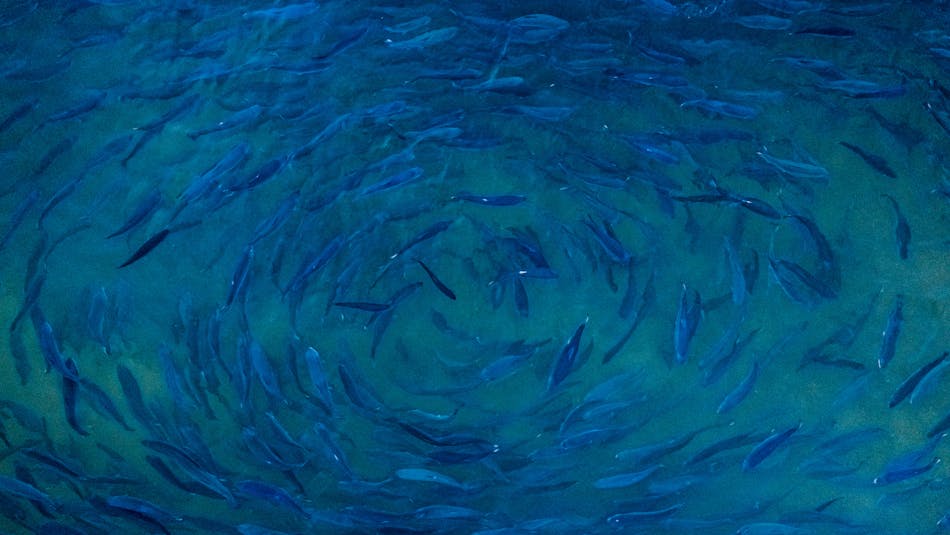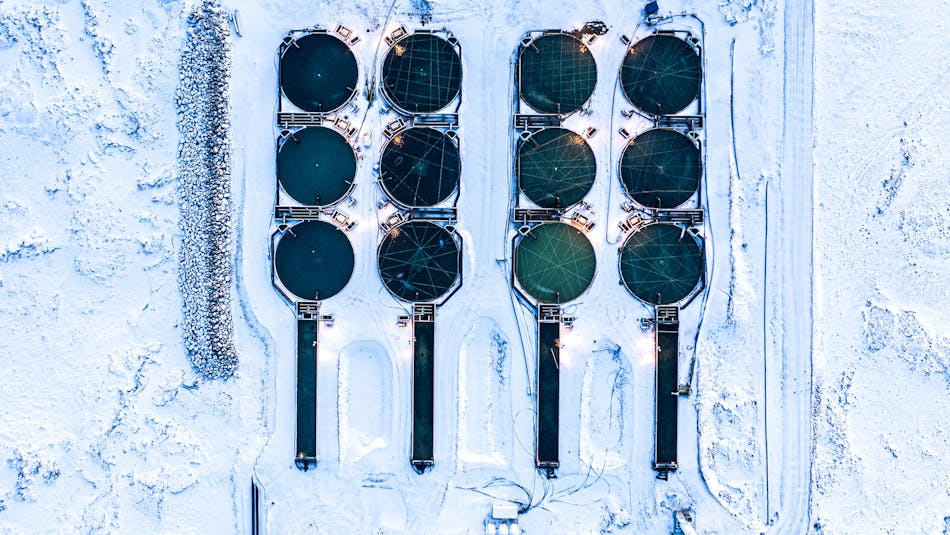
Land ho! The future of sustainable seafood
Land ho! The future of sustainable seafood
When it comes to sustainable fisheries, the list of countries that have managed their stocks as well as Iceland is short. In the 1970s, Iceland figured out that to prevent the collapse of its cod fisheries—and the basis of its economy—its fishing future required strict management.
To this day, Iceland continues to manage a wide range of fish stocks found in its waters through stringent monitoring and science-based catch quotas. Organizations such as Iceland Responsible Fisheries Management (IRFM) ensure the future of Icelandic fishing through a certification chain that guarantees suppliers that the fish originates from IRFM certified fisheries. Additionally, fish processors and other stakeholders constantly look for approaches to use 100% of each fish for food, pharmaceuticals, nutrition, and other supplements. What was not predicted in the 1970s was the role of land-based aquaculture in Iceland's push for even more sustainable fishing.
Land-based fish farming has been practiced for thousands of years around the world. Icelandic company Matorka has transformed the process into the 21st century using renewable energy, thoughtful designs, and high-tech monitoring systems. Matorka is a clever combination of the Icelandic words "mat," which means food, and "orka," which means energy—food energy. The name is suitable. The company is transforming Iceland's geothermal energy and abundant clean water into the perfect habitat to grow fish.
Founded in 2010, Matorka's mission is to produce Aquaculture Stewardship Council (ASC) and global Good Aquaculture Practice (GAP) certified premium Arctic char and steelhead. From egg to final harvest, the company monitors and controls all steps of a fish's lifecycle. Since the fish grow in land-based tanks, the water temperature and oxygenation can be optimally kept. Unlike sea-based aquaculture, the waters are free of parasites and pathogens.
Best of all, the fish need no antibiotics, chemicals, or hormones, and their feed is all-natural and sustainable.
Matorka is understandably proud of maintaining a 1:1.2 Feed Conversion Ratio (FCR) for their fish. This means, on average, it takes 1 unit of mass of feed (dry material) for an animal to gain 1.2 units of mass of live weight. To provide a reference, the average FCR for beef cattle is 6:1 and 2.8:1 for poultry.
While land-based aquaculture currently represents a mere fraction of wild-caught fish, the process and technologies are evolving rapidly with tremendous potential to scale up operations. Matorka now harvests about 1,500 metric tons of Arctic charr and steelhead per year and aims to quadruple its capacity. Large-scale land-based aquaculture in Iceland is particularly attractive because it has plentiful water and renewable power to offset the industry's energy intensiveness. Matorka has implemented several design elements to increase efficiency that would work anywhere. The entire facility is built on a modular concept. Each module consists of a raceway at the top with three grow-out tanks. The tanks are stacked with 1.2 meters (4 ft) between each so that the water is gravity-fed between them. Because the system is land-based, the entire process of producing fish is more environmentally sensitive. Ocean-based aquaculture systems cannot guarantee that fish will not escape and crossbreed or pass on a disease to native species.
Furthermore, these companies do not consider the tremendous amounts of fish waste that collects in the fjords and bays. Even though the waste dissipates, it can pollute the ocean floors long-term. To produce the highest quality fish, Matorka must account for these factors and have created a cleaner environment than any ocean today through constant filtration and monitoring. Taking it one step further, Matorka offsets any added carbon emissions from their facility by planting trees in Iceland.
While many species are difficult to grow in land-based tanks—such as cod, Matorka's facility represents the best bet for the most sustainable fish consumption. The company is constantly seeking ways to improve and produce new fish species in land-based contained systems, including salmon. Globally, protein demand is increasing. There will need to be a transformational shift in food production across all sectors to meet these needs. Moreover, consumers are demanding sustainability and full traceability of their food, particularly seafood. Matorka is uniquely positioned to answer these consumer needs and to provide the healthiest product possible. Land-based fish farming may lack the romance of long-line fishing, but there are undoubtedly many fish stocks that could use a reprieve from the world's overfished oceans.

Land ho! The future of sustainable seafood

Matorka aerial view of grow tanks